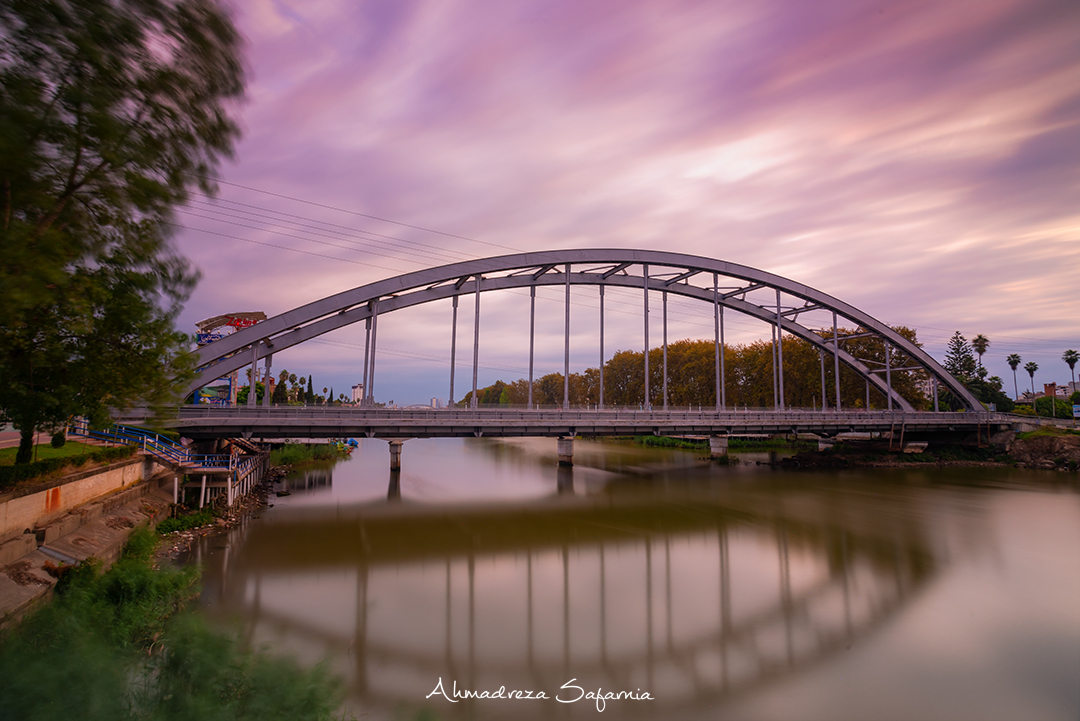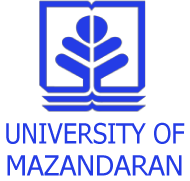About City - Foreign
Babolsar is the city that you are going to live and study

Babolsar, also formerly known as Mashhadsar, is a city located literally in the center of the province of Mazandaran. In the 2006 census, its population was estimated to be 47,872. Babolsar has an area of 446 square kilometers. It is located on the southern coast of the Caspian Sea. Since the river Babolrood passes through the city, both banks of the river and the beach of the sea form major tourist attractions. The city is also home to one of the most vibrant universities of the country, the University of Mazandaran.
By the 18th century, Babolsar had become a busy commercial port. During the reign of Nadir Shah, it was the base for Iran’s Caspian fleet and by 1909, the port yielded 12 percent of the total customs revenue of Iran. However, by 1895, ports in Guilan were already competing with Babolsar.

During Reza Shah’s reign, Babolsar lost much of its remaining trade to the new port of Bandar-e Shah at the terminus of the trans-Iranian railroad.
The end of World War II brought a new era of vitality to the city as a summer seaside resort for people from Tehran and other Iranian cities which gave rise to a new phase of rapid expansion. The population of the city increased from about 3,500 in 1945 to 11,781 in 1966 and 18,810 in 1976.
Province Of Mazandaran

Mazandaran is a Caspian province in the north of Iran. Located on the southern coast of the Caspian Sea, it is bordered clockwise by Russia, Kazakhstan, Turkmenistan (across the sea), Golestan, Semnan, Tehran, Alborz, Qazvin, and Guilan provinces. Sari is the largest city and the capital of Mazandaran province. Mazandaran is one of the most densely populated provinces in Iran; its four largest cities are Sari, Amol, Babol, and Ghaemshahr.

The diverse nature of the province features plains, prairies, forests and rainforest stretching from the sandy beaches of the Caspian Sea to the rugged and snowcapped Alborz mountains including Mount Damavand, one of the highest peaks in the world. Mazandaran is a major producer of sea as well as farmed fish and aquaculture provides an important economic addition to the traditional dominance of agriculture. Another important contributor to the economy is its tourism industry, as people from all of Iran enjoy visiting the area round the year, especially in summer.

Indigenous peoples of the region include the ethnic Mazanderanis, who speak an Iranian language which most closely resembles Guilaki and Sangesari dialects, but also has phono-typical similarities to several Caucasian languages, reflecting the history of the region and its peoples.
Mazandaran is connected to the capital of Iran, Tehran, through three transit roads: Haraz road (Amol-Rudehen), Kandovan road (Chalus-Karaj), and Firoozkooh road (QaemShahr-Rudehen). Dasht-e-Naz Airport, serving the capital Sari, Noshahr Airport, and Ramsar Airport are the domestic airports that connect the province to other parts of the country. Mazandaran is also connected to the Iranian Railways system. The railway connects the province to Tehran to the south and Gorgan to the east. The cities of Sari, Qaemshahr, and Pol Sefid are the major railway stations of the province.
Mazanderani or Tabari is a northwestern Iranian language. Various Mazandarani dialects exist which are spoken in Mazandaran province and the neighboring province of Golestan. Today, Mazandaranis also use Persian; the educated can communicate and read Persian well. Mazandaran is divided into 15 counties (Shahrestan in Persian).

